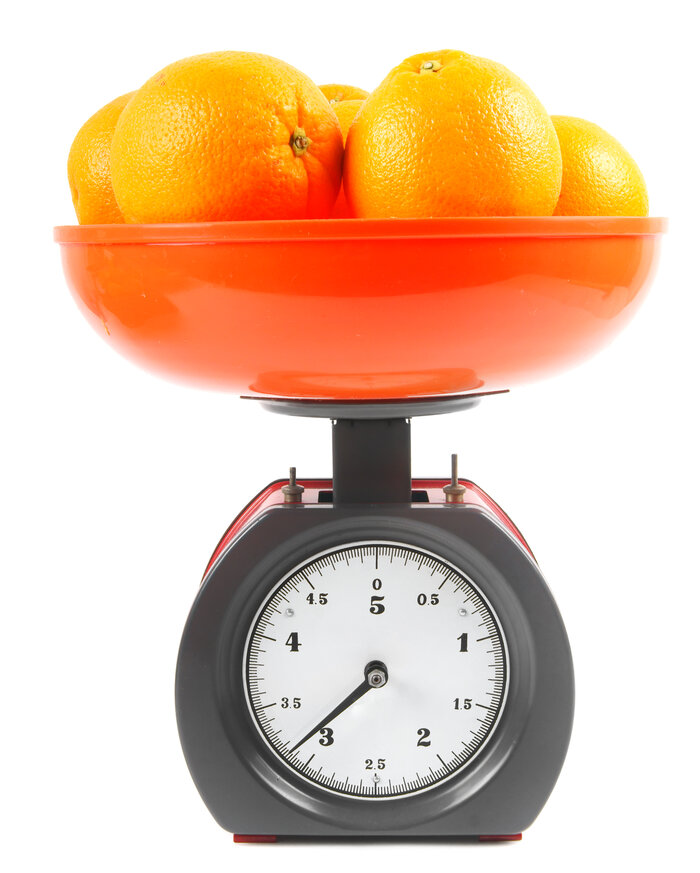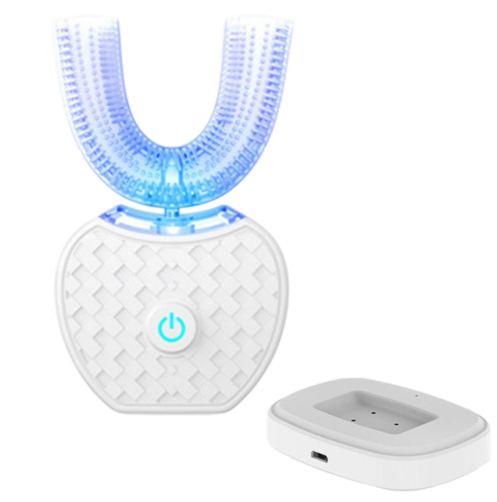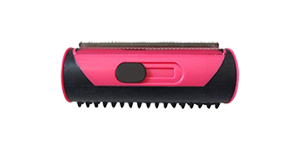Common Foods That (secretly) Destroy Your Calorie Intake

So, the label of your favorite “healthy snack” says “naturally gluten-free”, “organic”, or “low-cal” and you feel confident in your decision to tuck into the supposedly healthy delight. What you might not know is that a lot of sugar-free products are heavily laden with preservatives and many “lean” products are loaded with sugar. When it comes to so-called health foods, you could just be avoiding one bad by-product while sinking your teeth firmly into another.
The question is, how do we differentiate between what’s good for us and what just promises to be good for us without delivering on that promise?
That’s a tough nut to crack, so let’s start our journey with one of the most common eating faux pas that there is at the moment: believing certain foods are low-cal that are actually high-cal and destroying our calories intake in the process.
The Calorie Conundrum
“I’m counting my calories.” That’s a statement that many yo-yo dieters and fitness fanatics have thrown around in recent years. It’s a sentiment that has many of us wondering whether or not we’re getting sufficient calories in each day or getting in too many calories. Often, we wrongfully correlate “junk” food and unhealthy snacks as packing the most punch in terms of calorie content. However, there are some unassuming pantry staples that are healthy for us but loaded with calories.
So, what is a calorie, and what is its purpose?
Calories provide us with energy. When we take in sufficient calories for the day, we have enough energy to burn. This is why we use the term “burning calories” when we work out. The more you work out and, essentially, raise your core temperature, the more calories you burn.
If you’ve ever heard a friend say, “I’m going to have to add on an extra 30 minutes to my workout to burn this off,” whenever you’re out to lunch or grabbing a glass of wine with them, this is exactly what they’re referring to.
The problem that many of us face is that we either consume far too many calories or we don’t move our bodies enough to burn off the average number of calories we consume. In worst-case scenarios, where our body mass index reaches an unhealthy level, we have a critical and unhealthy combination of both.
How Our Bodies Use Calories
We don’t just burn calories when we exercise. On the contrary, calories are used to keep our bodies running every single second of the day, whether we’re moving or not. Ultimately, there are four main areas of functioning that need calories in order to operate. Let’s have a look at them now:
- Exercise Activity Thermogenesis – This is the one way that people believe to be the tried-and-true method of burning calories. Some people mistakenly believe that this is the only way that we burn calories, but as you’ll see from the 3 elements below, this couldn’t be further from the truth.
- Non-Exercise Activity Thermogenesis – This is the inadvertent calorie burning that takes place whenever you move your body. Your muscles need the energy to walk around, clean the house, take the trash out, cook, and so much more. While you don’t burn as many calories doing this type of movement, it’s still essential to keep your body moving in non-exercise-related activities to keep your calories in check.
- Thermic Effect of Food – You begin burning calories as soon as you’ve consumed them. You need the energy to produce saliva, chew, swallow, and digest your food.
- Basal Metabolic Rate – Finally, the most basic of bodily functions use up calories to keep you going. Everything from breathing, blinking, keeping your heart thumping, and pumping blood around your body requires energy.
What Function Rules the Roost?
Now, all four of those calorie-burning functions make up what is known as your Total Daily Energy Expenditure. Which of those functions do you think burns the most calories? We asked a few people around the office that very same question and the majority of our team were all convinced that active exercise burns the most calories.
If that’s what you thought too, we wouldn’t blame you. We’re all pedaled this idea that if we exercise enough, we can eat practically anything we like. As long as we’re trying to burn more than we consume, we should be perfectly fine, right?
Wrong!
According to an article in the Journal of Medicine and Science in Sports and Exercise, BMR – you know, your basic bodily functions – accounts for between 60% and 70% of calorie burn every day. (1) That’s insane. Our basic bodily functions are responsible for the highest amount of daily calorie burn, not working out. Now, that doesn’t mean you should drop your workout routine and start some sort of exaggerated breathing ritual. However, that does mean that your calorie intake is more important than your workout routine because your workout routine is only responsible for burning about 5% of your daily calorie intake.
What Food Are Calorie Catastrophes?
Look, there are some foods that are worse than others when it comes to calorie count, but calories aren’t everything in terms of your health. As we said before, there are healthy foods that are loaded with calories and unhealthy foods that are relatively low in calories. While you should do your best to stick to whole foods that are low in trans fats, there are some pantry staples that are gloriously calorific.
- Protein bars, shakes, and supplements – Most supplemental food products such as protein shakes, protein bars, and weight loss supplements are loaded with sugar and, thus, extra hidden calories. If you’re really trying to shed a few pounds and get in shape, rather opt for whole foods. Remember, everything in moderation.
- Vitamin water and sports drinks – Enhanced drinks that claim to have added vitamins, minerals, and energy-providing additives are almost always filled with sugar to enhance taste and give you an artificial boost of energy. Always read the label and understand what you’re putting into your body!
- Peanut butter and healthy fats – Peanut butter, avocados, peanut oil, olive oil, and nuts, in general, are chock full of healthy fats. That being said, healthy fats have more calories per gram than dreaded – dare we say it – CARBS! Go for natural products where possible, especially when it comes to peanut butter.
- Smoothies and gluten-free foods – Just because you’re loading up on smoothies and opting out of gluten in your baked goods, that doesn’t mean that you’re keeping your calorie count low. Gluten-free products are often riddled with other additives to mimic the texture that gluten provides in baked goods while smoothies use additives like purees and sugars to enhance flavor.
Choosing Healthy Food – The Easy Way
If you’re feeling a bit flustered at this point, take a deep breath. We’re not just going to drop these bombshells on you and leave you hanging. Follow the steps below to choose healthy food, and you’ll find that weighing up your options is far easier than you initially thought:
- Look at the label – While serving suggestions are nothing more than suggestions, they will give you a good indication of what you should adhere to in terms of portion sizes and so on.
- Mind the carbs – The general consensus seems to be that complex carbs are good and simple carbs are bad. Limit your intake but don’t deprive your body of carbs. Carbs are fuel!
- Get your protein in – Protein is filling and necessary for building lean muscle tone. If you want to avoid binge eating and having energy dips throughout the day, top up your protein intake.
- Cut out unnecessary fats and sugars – Try to stick to foods that are low in fats and sugars, even if they’re healthy fats. Fat and sugar contain more calories per gram than protein and carbs.
- Count total calories – Limit the number of calories that you consume each day. Keep the overall number low and you’ll be on your way to a healthier lifestyle.
Ultimately, calorie intake counts towards your health far more than burning calories does. The type of food that you eat might seem healthy on the surface but what lies beneath the surface – or on the label – will tell a different tale. Try a free calorie counting and nutrition tracking app to monitor your health goals.




